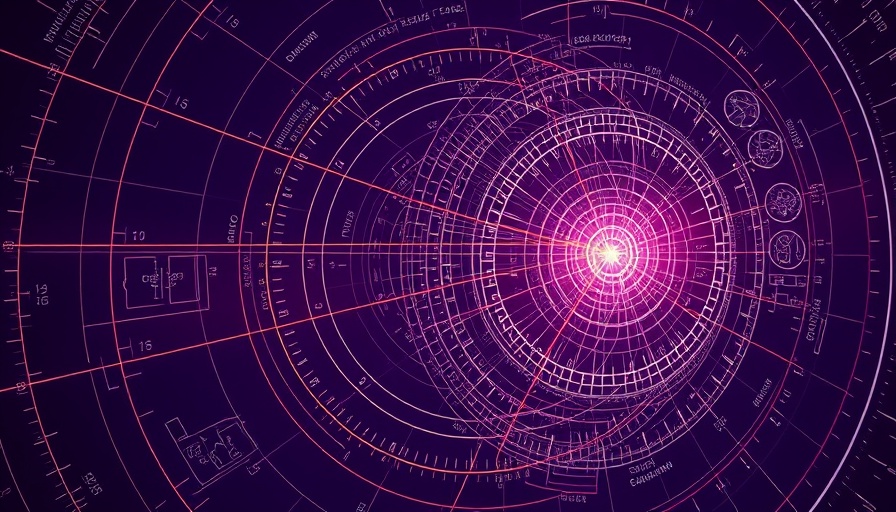
Deciphering the Mystery: Cosmic Rays and Their Origins
Astrophysicists have taken a monumental step forward in unraveling a mystery that has puzzled scientists for over a century: the origin of cosmic rays. Recent research from Michigan State University (MSU) sheds light on these high-energy particles that are constantly bombarding the Earth from outer space. With cosmic rays traveling close to the speed of light, their sources are embedded in dark corners of our Milky Way galaxy and beyond, ranging from supernova remnants to enigmatic black holes.
The Quest for Knowledge
Led by MSU's Shuo Zhang, a team of astrophysicists presented their groundbreaking findings at the 246th meeting of the American Astronomical Society in Alaska. Zhang emphasizes the striking relevance of cosmic rays to everyday life, citing that around 100 trillion cosmic neutrinos from distant cosmic sources pass through our bodies each second. This tantalizes the intellect—what mysteries could these particles unlock about our universe?
Powerful Cosmic Accelerators: PeVatrons
The research particularly highlights the role of cosmic particle accelerators termed PeVatrons. These cosmic powerhouses can propel protons and electrons to energies far surpassing human-made accelerators. Investigating these PeVatrons is crucial, as it can help explain fundamental cosmic phenomena such as galaxy evolution and the elusive dark matter. Zhang's team has been focusing on identifying various PeVatrons and their nature, thereby pushing the boundaries of current physics.
X-Ray Insights: Progress from Space Observations
Among the significant discoveries reported was an investigation into a mysterious PeVatron candidate uncovered by the Large High Altitude Air Shower Observatory (LHAASO). Using data from the XMM-Newton space telescope, MSU postdoctoral researcher Stephen DiKerby identified a pulsar wind nebula associated with the candidate. This revelation marks a pivotal point in identifying cosmic ray sources, confirming that some PeVatrons may indeed originate from pulsar wind bubbles filled with energized particles.
Engaging Future Generations
Moreover, the participation of MSU undergraduate students—who contributed to the research—signals a positive trend of engaging the next generation in astrophysics. Students such as Ella Were are empowered by the opportunity to contribute to significant scientific breakthroughs, igniting their passion for science and exploration.
The Broad Importance of Cosmic Ray Research
Understanding cosmic rays is not only an essential piece in the puzzle of the universe but can also have implications for various fields, from technology to atmospheric science. For instance, cosmic rays can affect satellite operations and even contribute to natural phenomena on Earth such as lightning.
As we continue to slice through the intricate layers of cosmic knowledge, the quest to pinpoint the origins of cosmic rays stands as a testament to human curiosity and scientific advancement. The more we understand these fundamental particles, the greater our insights will be about the universe we inhabit.
 Add Row
Add Row  Add
Add 




Write A Comment